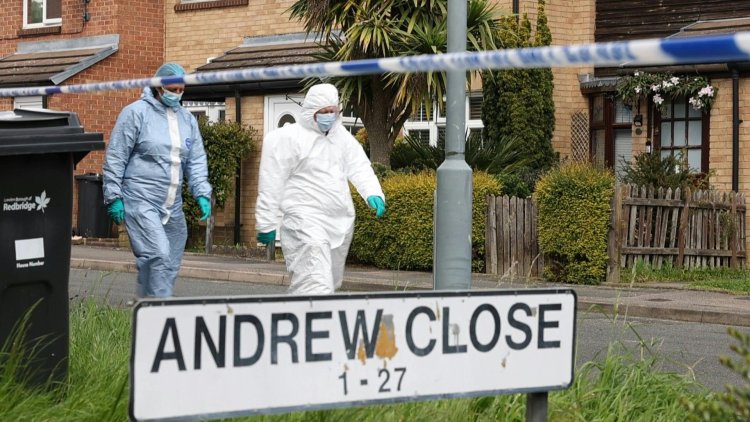Fatal London Sword Attack Sparks Shock and Grief

A 14-year-old boy died after a man wielding a sword stabbed the youth, two police officers and two other people, in a street attack in east London, police said.
The man used what appeared to be a Samurai-type sword in the Hainault district shortly.
Police said they arrested a 36-year-old man using Taser stun weapons and took him into custody. The incident is not believed to be terror-related, they said.
Chief Superintendent Stuart Bell, from London's Metropolitan Police, said all five victims were taken to hospital.
The two police officers were awaiting surgery for "significant" injuries, he added. But they, and those sustained by the two members of the public, were not believed to be life-threatening.
"It's with great sadness that one of those injured in this incident has died from their injuries," he told reporters at the scene.
"He was taken to hospital after being stabbed and sadly died a short while after."
King Charles III called the stabbings "horrific" and paid tribute to the "courage" of the emergency services, Buckingham Palace said.
Prime Minister Rishi Sunak called the stabbings "shocking".
Video footage and photographs posted on social media appeared to show a man in a yellow jumper on the streets near houses with the weapon.
Emergency service vehicles, including police, fire and ambulances, were seen behind cordons, including near the town's underground railway station.
Police in England, Scotland and Wales are not routinely armed but do carry Taser weapons to disable suspects.
Last week, Sunak criticized the mayor's record on knife crime in the British capital.
According to official statistics, knife crime increased in London by 20 percent in 2023, with 14,577 offenses -- one percent lower than pre-pandemic levels in the year to March 2020.
In England and Wales as a whole, there was a seven-percent increase in knife crime to 49,489 offenses, with most 29 percent in metropolitan areas, the Official for National Statistics said.















